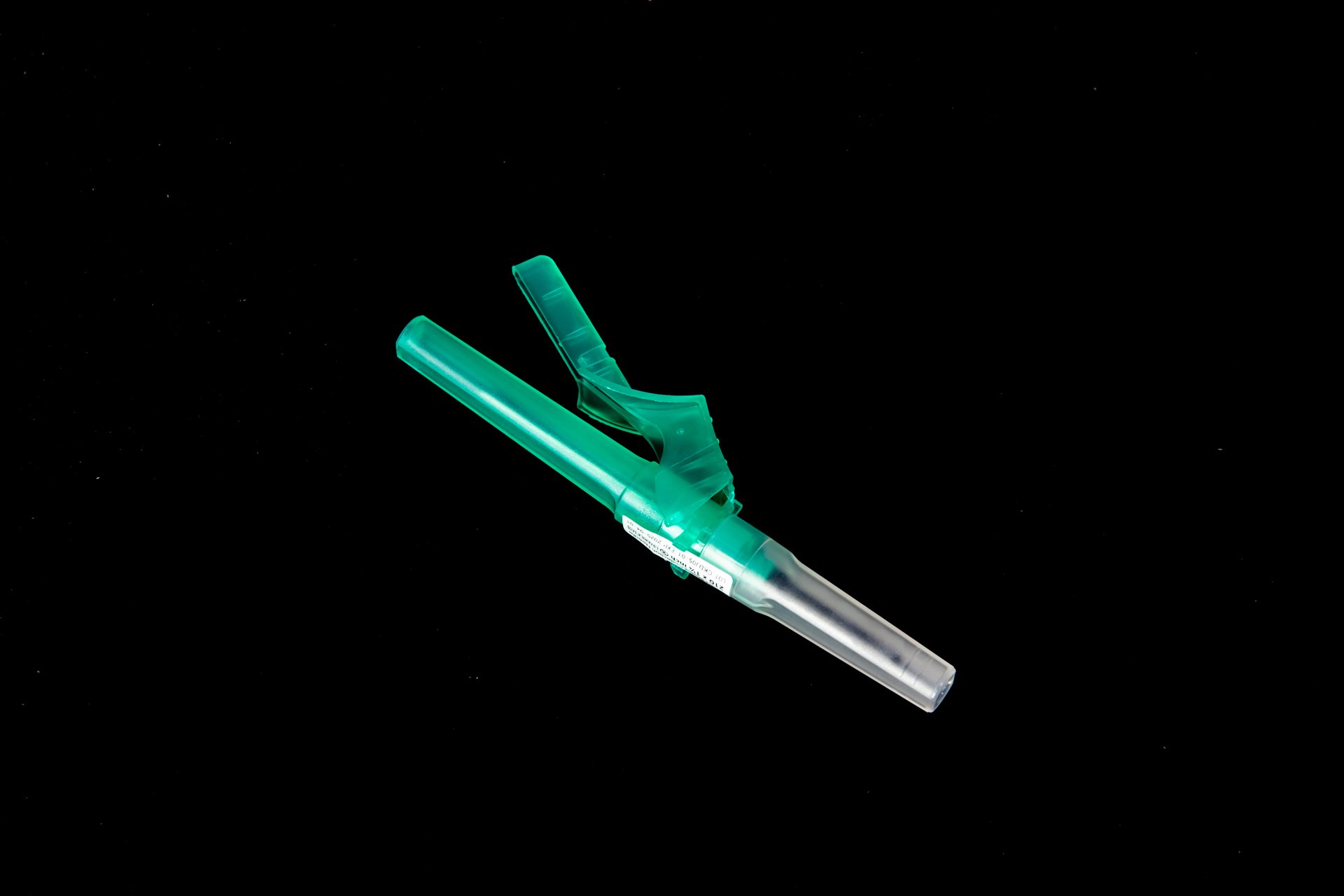Compliance With Blood Needle Regulations
Compliance with blood needle regulations is a critical aspect of ensuring the safety of both medical professionals and patients during medical procedures. Bloodborne pathogens can pose serious health risks if proper precautions are not taken, making adherence to regulations essential. In this blog post, we will explore the importance of compliance with blood needle regulations and provide tips for ensuring that your practice is in line with these vital guidelines.
The Importance of Compliance
Compliance with blood needle regulations is crucial for several reasons:
Protecting the health and safety of medical professionals
Preventing the spread of bloodborne pathogens
Ensuring quality patient care
By adhering to these regulations, healthcare facilities can create a safe environment for both staff and patients, reducing the risk of infections and other complications. It is also important for maintaining the reputation of the practice and instilling trust in patients.
Regulatory Requirements
There are several key regulatory bodies that set guidelines for blood needle safety, including the Occupational Safety and Health Administration (OSHA) and the Centers for Disease Control and Prevention (CDC). These organizations provide detailed requirements for handling needles, disposing of sharps, and preventing exposure to bloodborne pathogens.
Some of the key regulations that healthcare facilities must comply with include:
It is essential for healthcare facilities to familiarize themselves with these regulations and implement policies and procedures to ensure compliance.
Tips for Ensuring Compliance
Here are some practical tips for ensuring compliance with blood needle regulations:
Training and Education
Ensure that all staff members receive comprehensive training on blood needle safety protocols. This should include proper needle handling techniques, sharps disposal procedures, and steps to take in the event of an exposure incident. Regular training sessions and updates are essential to keep staff informed and up-to-date on best practices.
Use of Safety Devices
Invest in safety devices such as retractable needles and sharps containers to minimize the risk of needlestick injuries. These devices are designed to prevent accidental needlesticks and provide an extra layer of protection for healthcare workers.
Proper Needle Disposal
Make sure that all used needles and other sharps are disposed of properly in designated sharps containers. These containers should be puncture-resistant and clearly labeled to prevent accidental exposures. Arrange for regular disposal and replacement to ensure that the containers do not become overfilled.
Personal Protective Equipment (PPE)
Require all staff members to wear appropriate PPE, such as gloves, gowns, and face masks, when handling needles or coming into contact with blood or bodily fluids. This can help to prevent the transmission of pathogens and reduce the risk of exposure incidents.
Post-Exposure Protocol
Establish clear procedures for responding to exposure incidents, including reporting requirements, medical evaluation, and follow-up care. Prompt action is essential in the event of a needlestick injury to minimize the risk of infection and ensure the safety of the affected individual.
Benefits of Compliance
Ensuring compliance with blood needle regulations offers several benefits for healthcare facilities:
Reduced risk of needlestick injuries
Enhanced safety for staff and patients
Compliance with legal requirements
Improved reputation and trust with patients
By following best practices and staying up-to-date on regulatory guidelines, healthcare facilities can create a safer and more efficient working environment for all involved.
Conclusion
Compliance with blood needle regulations is a crucial aspect of maintaining a safe and effective healthcare practice. By following the guidelines set forth by regulatory bodies such as OSHA, CDC, and FDA, healthcare facilities can help to prevent the spread of bloodborne pathogens and protect the health and safety of both staff and patients. Implementing proper training, using safety devices, and following established protocols are essential steps in ensuring compliance with these vital regulations. By prioritizing blood needle safety, healthcare facilities can create a culture of safety and quality care that benefits everyone involved.
Disclaimer: The content provided on this blog is for informational purposes only, reflecting the personal opinions and insights of the author(s) on phlebotomy practices and healthcare. The information provided should not be used for diagnosing or treating a health problem or disease, and those seeking personal medical advice should consult with a licensed physician. Always seek the advice of your doctor or other qualified health provider regarding a medical condition. Never disregard professional medical advice or delay in seeking it because of something you have read on this website. If you think you may have a medical emergency, call 911 or go to the nearest emergency room immediately. No physician-patient relationship is created by this web site or its use. No contributors to this web site make any representations, express or implied, with respect to the information provided herein or to its use. While we strive to share accurate and up-to-date information, we cannot guarantee the completeness, reliability, or accuracy of the content. The blog may also include links to external websites and resources for the convenience of our readers. Please note that linking to other sites does not imply endorsement of their content, practices, or services by us. Readers should use their discretion and judgment while exploring any external links and resources mentioned on this blog.



